-
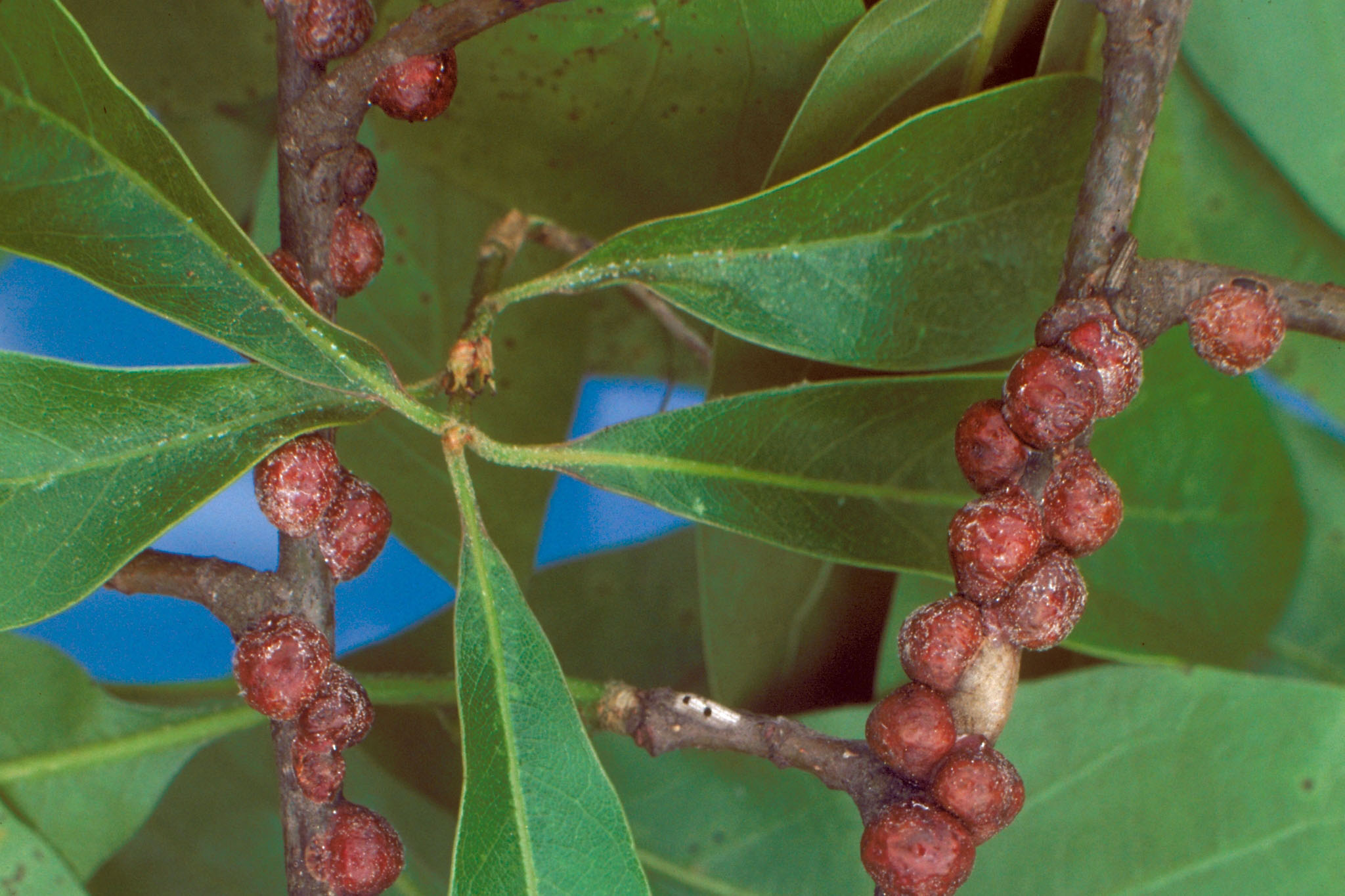
Oak lecanium, Parthenolecanium quercifex (Hemiptera: Coccidae), is a common soft scale insect pest of oak trees and other woody plants. They infest trees under high stress, such as those planted in parking lots, greenscapes, and other urban areas. Like other soft scale insects, oak lecanium scales feed on tree sap, and they excrete the excess sugars as honeydew. Sooty mold fungus grows on honeydew, and its black color blocks sunlight and interrupts photosynthesis. Although lecanium scales have little immediate impact on twigs and branches, extensive infestation and subsequent feeding damage may weaken or kill the tree over time. The problems with lecanium scale are worsened in urban landscapes where local temperatures are generally higher. Higher temperatures decrease the relative number of parasites that feed on scale insects, and the high densities of surviving females continue to produce viable eggs.
|
-
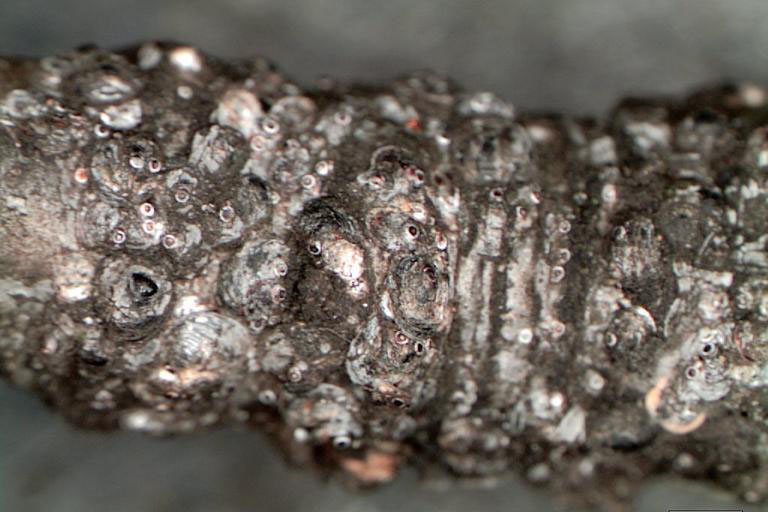
Gloomy scale (Melanaspis tenebricosa) is a serious insect pest that affects maple trees in urban Georgia. It can go undetected for years. Affected trees can show branch dieback and canopy thinning after 6–10 years, when the population reaches extremely high densities. A waxy shield covering protects females from predators and insecticide exposure, and usually gives them a convex shape.
The armored scale wax covering on the bodies of gloomy scale can be detached using a knife. This is different than soft scales, such as wax scales, which are glued to the females’ bodies. Gloomy scales do not produce honeydew, also unlike soft scales. Female gloomy scales have piercing and sucking mouthparts that look like tubes that are inserted into the parenchyma cells (cells that synthesize and store trees’ organic products) in the epidermal layer of tree bark. Male gloomy scales do not have mouthparts. The black and gray dust that deposits on tree bark makes scale detection even more challenging over time, as they camouflage to the color and texture of the bark. This is especially true for trees planted along right-of-ways and parking lots.|
-
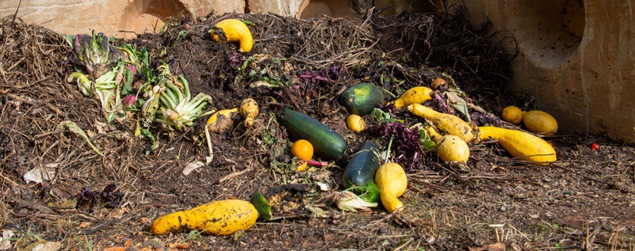
Whether from a local store, regional supplier, or another farmer down the road, understanding where your soil amendments come from and how they were handled prior to reaching your farm or garden is necessary to ensure you are sourcing the highest quality product with the lowest amount of risk.
|
-
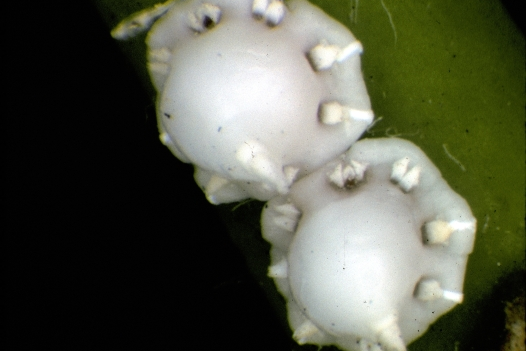
Scale insects are very common pests of landscape trees
and shrubs, yet they often are overlooked when scouting.
They can, however, be responsible for chlorosis (loss of
green coloration of plants due to lack of chlorophyll),
branch dieback, or death of the plant. Wax scales are
part of the soft scale group as they produce soft, cottony,
powdery, or waxy covers that cannot be separated from
the scale body. Indian wax scale (Ceroplastes ceriferus);
Figure 1) and Florida wax scale (Ceroplastes floridensis;
Figure 2) are the common wax scale species that occur in
Georgia. Indian wax scale is prevalent in the eastern U.S.
from Florida to Maryland. Florida wax scale is found from
Florida to New York and westward to New Mexico.|
-
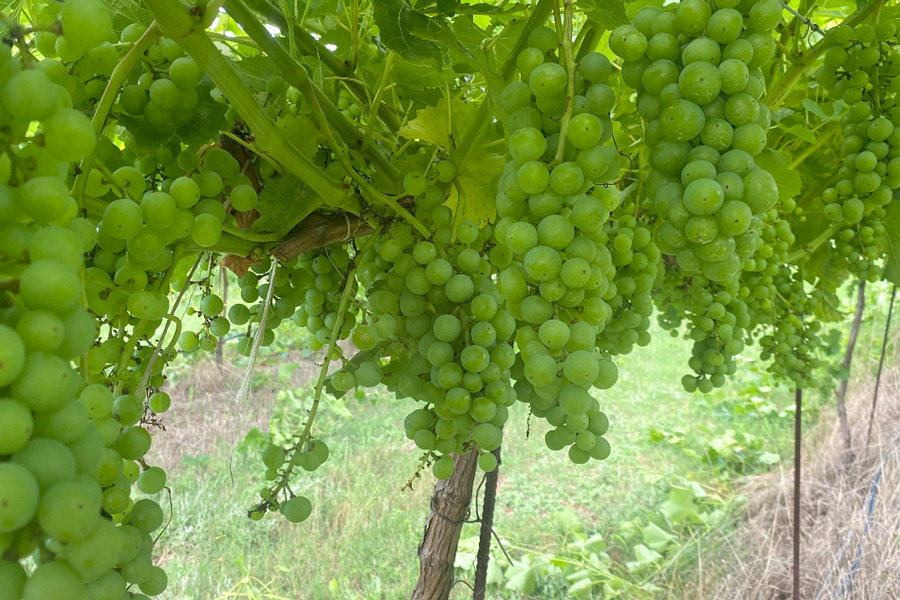
C 1274
Blanc du Bois
‘Blanc du Bois’ has made a significant contribution to wine production in southeastern regions where Pierce’s disease is prevalent. Though possessing resistance or tolerance to Pierce’s disease, Phylloxera, and powdery mildew, this cultivar is not without fault, and it does require an intensive integrated pest management (IPM) program. We cover here the major issues observed with this cultivar.
|
-
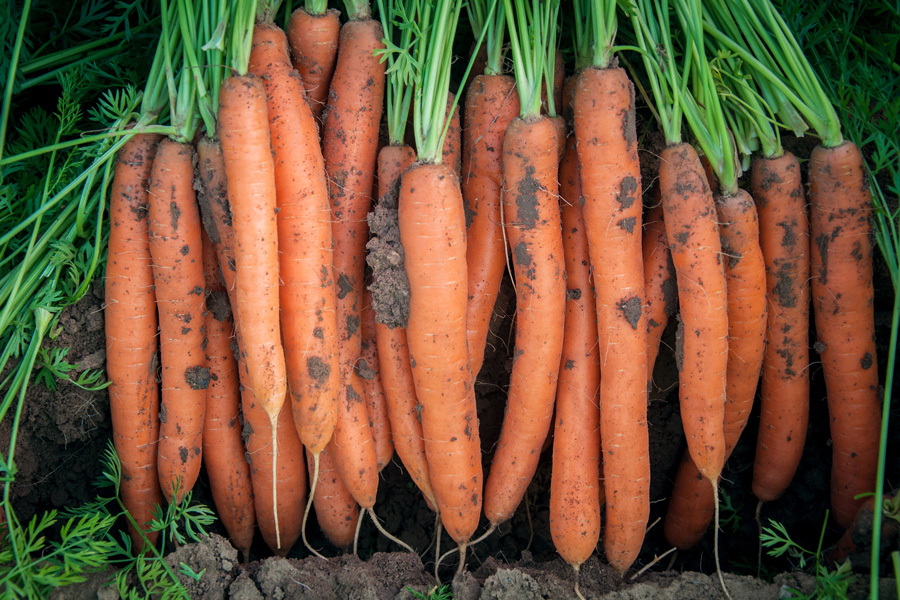
Carrots suffer significant yield losses from nematode pests because the harvested edible product (taproot) is directly affected by nematode infection, resulting in reduced marketable yield and quality. Root-knot nematodes (Meloidogyne spp.) are widespread in several counties in South Georgia and cause serious damage to carrots. Stubby-root (Paratrichodorus or Nanidorus spp.) and root-lesion (Pratylenchus spp.) nematodes are also common in these regions, though, their damage potential to carrots has not yet been established. This publication reports information on nematode detection, biology, and different control practices for the proper production of carrots.
|
-
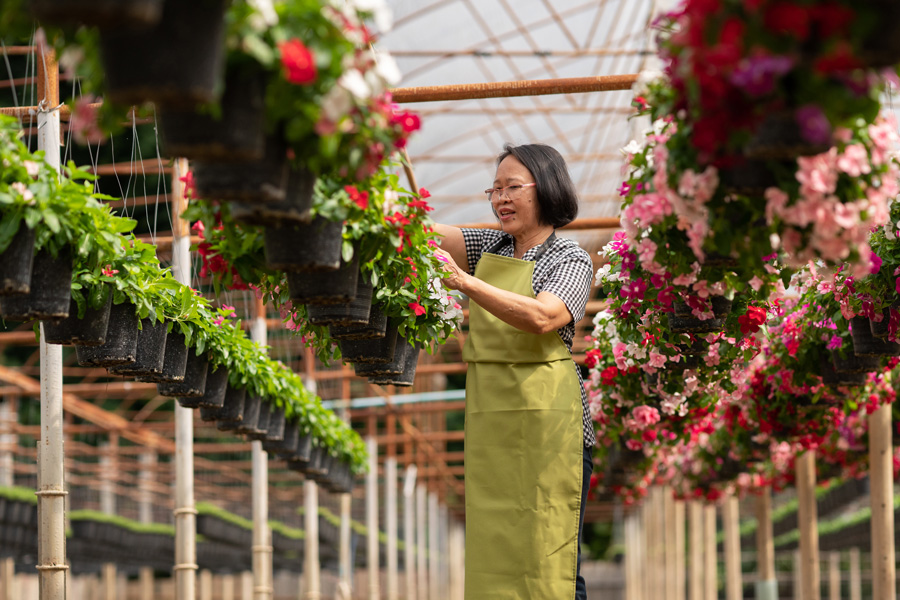
The idea of producing your own food in a clean, controlled environment is very appealing. While dreams may be big, careful research and planning should be done prior to jumping into any farm venture. Important items such as desire, capital, feasibility, labor, demographics, and marketing all need to be considered.
|
-
AP 130-1-13
Georgia Agritourism, Tourism and Travel 2023
1. Visitor spending continues
to increase in Georgia’s rural
communities.
2. Total economic output for
accommodations and food
services in Georgia’s rural
counties increased 26.7% in
2021 compared to 2020.
3. Visitations to state parks
and outdoor recreation areas
in rural communities increased
24% in 2021 compared to
2020.|